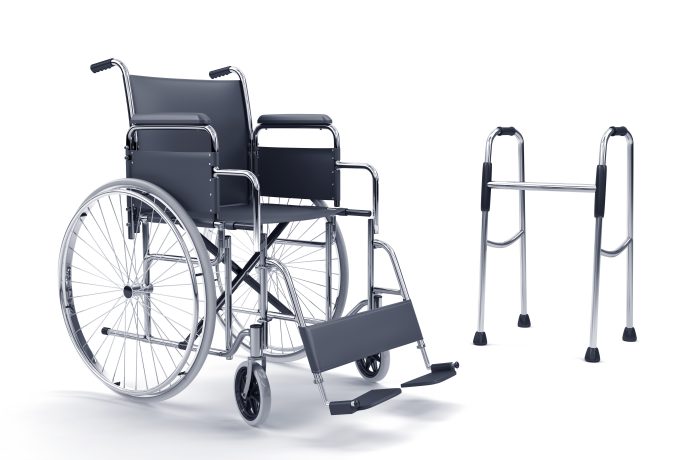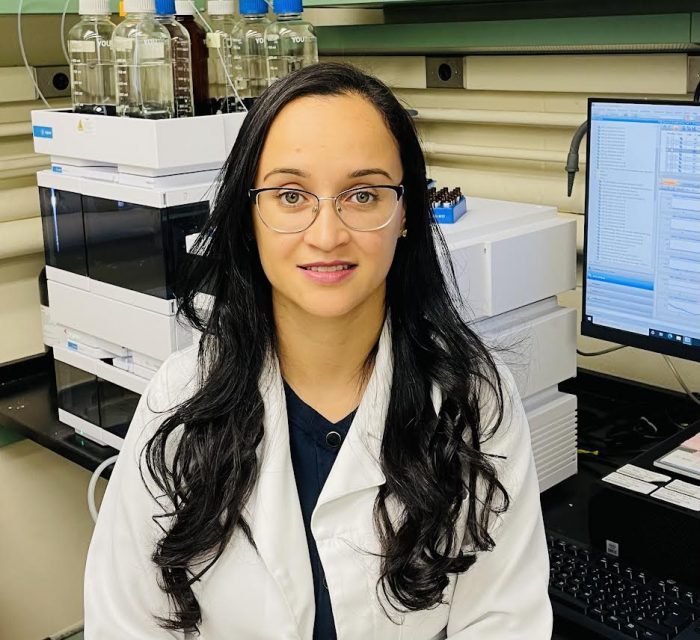The Jazz Loft, 275 Christian Ave., Stony Brook has announced its concert schedule for the month of April:
Wednesday, April 5 at 1 p.m.
Young at Heart: The Latin Side of Jazz at the Jazz Loft
The Jazz Loft Trio will present Latin Jazz music from Cuba and the Spanish Caribbean. Young at Heart is a monthly themed afternoon jazz concert series to help seniors with memory loss regain memory through familiar tunes.
Tickets: $10
Wednesday, April 5 at 7 p.m.
Jam Session at the Jazz Loft
The Jazz Loft Trio led by Keenan Zach will be performing at the Jazz Loft. Jazz musicians of all ages are invited to play on stage along with fellow Jazz enthusiasts.
Tickets: $10, $5 after 8 p.m.
Thursday, April 6, Friday, April 7, & Saturday, April 8 at 7 p.m.
The Jazz Loft Big Band Presents Stan Kenton’s Cuban Fire Suite at the Jazz Loft
26-piece Jazz Orchestra directed by Jazz Loft Director, Tom Manuel, trumpet
Tickets: Adults $40, Seniors $35, Students $30; Children $25
Wednesday, April 12 at 7 p.m.
Jam Session at the Jazz Loft
The Jazz Loft Trio led by Keenan Zach will be performing at the Jazz Loft. Jazz musicians of all ages are invited to play on stage along with fellow Jazz enthusiasts
Tickets: $10, $5 after 8 p.m.
Thursday, April 13 at 7 p.m.
The Madiran Wine Bar 209 NY-25A, Setauket – East Setauket NY 11733
Tom Manuel hosts vintage craft cocktails and a listening session in the Coal Bin at the Jazz Loft spinning rare unreleased master acetates from the 1930s-60s.
Tickets: $100 (21+)
Wednesday, April 19 at 7 p.m.
Jam Session at the Jazz Loft
The Jazz Loft Trio led by Keenan Zach will be performing at the Jazz Loft. Jazz musicians of all ages are invited to play on stage along with fellow Jazz enthusiasts.
Tickets: $10, $5 after 8 p.m.
Thursday, April 20 at 7 p.m.
The Bad Little Big Band at the Jazz Loft
12-piece big band featuring vocalist Madeline Kole, directed by composer, arranger, pianist Rich Iacona
Tickets: Adults $30; Seniors $25; Students $20; Children $15
Friday, April 21, at 7 p.m.
Harry Allen Quartet at the Jazz Loft
Harry Allen, tenor saxophone, Steve Ash, piano, Mike Karn, bass, Bryan Carter, drums
Tickets: Adults $30; Seniors $25; Students $20; Children $15
Saturday, April 22 at 7 p.m.
Elsa Nilsson Band of Pulses at the Jazz Loft
Flutist Elsa Nilsson, Pianist Santiago Leibson, Bassist Marty Kenney and drummer Rodrigo Recabarren
Tickets: Adults $30; Seniors $25; Students $20; Children $15
Wednesday, April 19 at 7 p.m.
Jam Session at the Jazz Loft
The Jazz Loft Trio led by Keenan Zach will be performing at the Jazz Loft. Jazz musicians of all ages are invited to play on stage along with fellow Jazz enthusiasts.
Tickets: $10, $5 after 8 p.m.
Thursday, April 27, 7 p.m.
Interplay Jazz Orchestra at the Jazz Loft
17-piece orchestra by Joe Devassy, trombone; Gary Henderson, trumpet
Tickets: Adults $30; Seniors $25; Students $20; Children $15
Friday, April 28, 7 p.m.
The Institute For New Music Launch Event at the Jazz Loft
Ray Anderson Ensemble
Tickets: Adults $30; Seniors $25; Students $20; Children $15
Saturday, April 29, 2 p.m.
The Institute For New Music Launch Event at the Jazz Loft
Stephen Nachmanovitch Improvisation Workshop
Tickets: Adults $30; Seniors $25; Students $20; Children $15
For more information, call 631-751-1895 or visit www.thejazzloft.org.



















